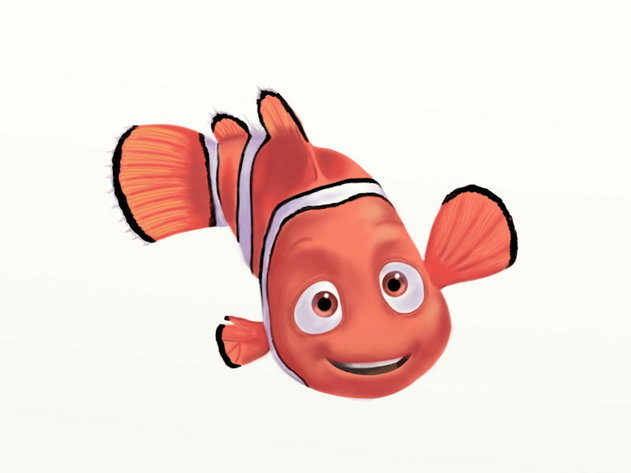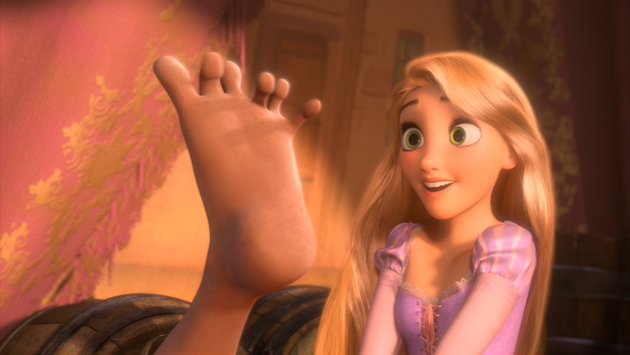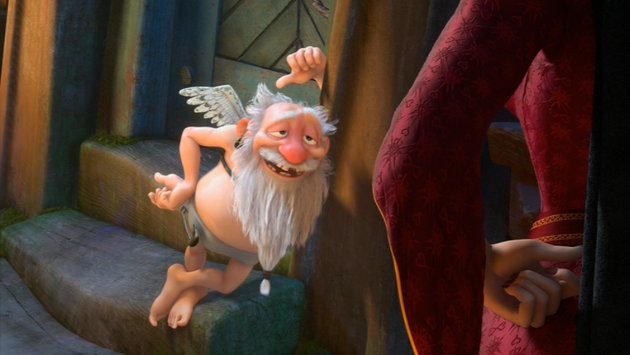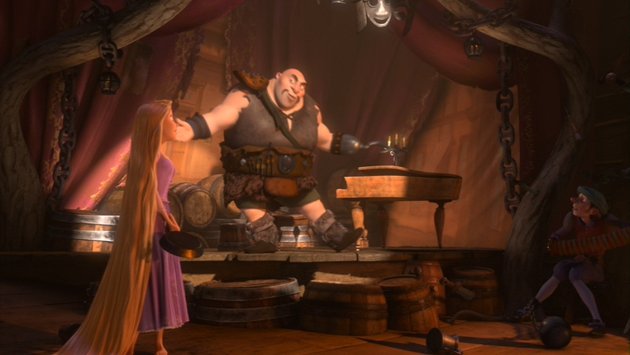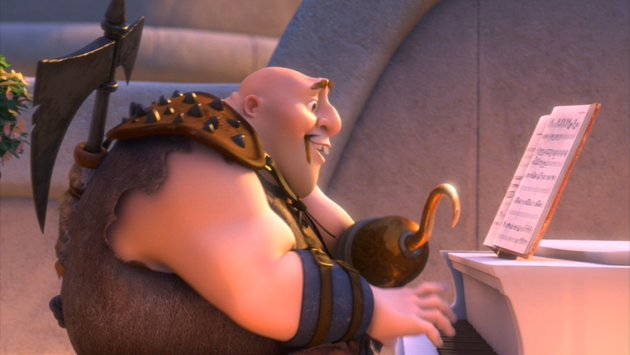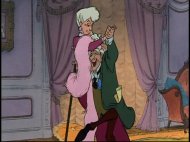[easyazon_image align=”left” height=”160″ identifier=”B00N1JQ452″ locale=”US” src=”http://disabilitymovies.com/wp-content/uploads/2015/08/61vsXQcXLaL.SL160.jpg” tag=”disabilitymovies-20″ width=”114″]The unnamed one-legged prisoner in [easyazon_link asin=”B00N1JQ452″ locale=”US” new_window=”default” nofollow=”default” tag=”disabilitymovies-20″ add_to_cart=”default” cloaking=”default” localization=”default” popups=”default”]Guardians of the Galaxy[/easyazon_link] appears briefly and only as the butt of another character’s joke. When Rocket the raccoon devises a plan to break out of a galactic prison, one of the things he orders his companions to procure is the prosthetic leg of another prisoner. They take him seriously, probably thinking he needed the electronics from it. Peter Quill talks to the amputee prisoner, realizes the prosthetic leg is “wired in” to the man’s nervous system, and buys it off of him for 30,000 credits. (Why the man was willing to part with it for any amount was not explained, as he’ll presumably be serving out the rest of his prison term without it, and without a way to receive or spend the money.)
When Peter returns with the artificial leg, Rocket complains that he expected Peter to fight with the man over his leg, and that he had demanded it not because he actually needed it for the escape plan, but because he thought it would be funny to see the one-legged prisoner hopping around. In this way, viewers learn–if they haven’t picked up on it already–that Rocket can be a real jerk.
We can interpret the one-legged prisoner’s presence in the script as a way to show Rocket’s later personal growth, but it’s still problematic that the actor playing the prisoner is not an amputee himself… especially because Disney put out a casting call in 2013 looking for amputees and albinos to play aliens. Disney bafflingly still chose a non-disabled actor to appear as an amputee, no doubt necessitating even more CGI. So there were no amputees qualified to play the one-legged prisoner, and any actual amputees or people with non-standard pigmentation–both within the range of human variation–were relegated to the background as aliens.
Disney, you’ve been taking baby steps, but you still have a long way to go.


